Astrophytum asterias Superkabuto V type
Astrophytum asterias Superkabuto V type. Contrary to the normal Astrophytum Superkabuto, that has only a mosaic of extensive ± rounded white dots the Zebra type differs for the diverse pattern that form distinct v-shaped lines resembling the shape of fly’s wings.
Astrophytum asterias Superkabuto V type. in contrary to the normal Astrophytum Superkabuto, that has only a mosaic of extensive ± rounded white dots the Zebra type differs for the diverse pattern that form distinct v-shaped lines resembling the shape of fly’s wings. This particular form is also called “V-type”, Fly’s wings type or Tiger by Thai growers. The white V-markings and striped bands are not seen in most of the normal ‘Super Kabuto’ seedlings, and will change and emphasize with age.
Cultivation and Propagation:
Astrophytum asterias Superkabuto V type is a summer grower plant relatively easy to grow. It is sometime seen as a grafted plant but grows well on its own roots too. It is not too difficult in a greenhouse, although grows slowly.
Soil:
Use mineral well permeable substratum with little organic matter (peat, humus), plants may become too elongated if compost is too rich.
Repotting:
It needs to be repotted frequently. Eventually, as it becomes mature, it attain a maximum size of 8-10 cm (20) cm. However, old plants become senile and have a tendency to succumb to disease and a weak root system. At this stage, as is well known, they die suddenly.
So, after they reach 10 cm in diameter grow them slowly, and adopt a new repotting period, using intervals of every 2 – 3 years. Use pot with good drainage.
Fertilization:
Astrophytum asterias Superkabuto V type grows much faster with a low nitrogen content fertilizer in spring and summer. Potassium helps maintaining the plants compact and healthy.
Watering:
Astrophytum asterias Superkabuto V type requires careful watering to keep plant compact. Water sparingly from March till October, the thin, fibrous roots suffer if there is humidity, therefore the plant should be watered only when the surrounding terrain is dry. Keep dry as soon as the temperature starts dropping in October and keep it perfectly dry in winter at temperatures from 5 to 15 degrees centigrade.
Be careful:
The epidermis of Superkabuto is harder than in the normal asterias and cracks easily if plants are overwatered.
Hardiness:
Astrophytum asterias Superkabuto V type needs to be kept in a cool place during winter rest and are somewhat resistant to frost if kept on the dry side prior to, and during, cold weather (due to the altitude they are hardy to -5 C ° C, or less for short periods). It tends to rot in winter during the resting phase, if kept wet. In the rest period no high atmospheric humidity!!
Sun Exposure:
It needs a good amount of light. Light shade to full sun, its colour tends to richer and darker when grown in light shade.
Uses:
It is an excellent plant for container growing. It always looks good and stays small.
Pests & diseases:
It may be attractive to a variety of insects, but plants in good condition should be nearly pest-free, particularly if they are grown in a mineral potting-mix, with good exposure and ventilation. Nonetheless, there are several pests to watch for:
Red spiders:
Red spiders may be effectively rubbed up by watering the infested plants from above.
Mealy bugs:
Mealy bugs occasionally develop aerial into the new growth among the wool with disfiguring results, but the worst types develop underground on the roots and are invisible except by their effects.
Scales:
Scales are rarely a problem.
Rot:
Rot is only a minor problem with cacti if the plants are watered and aired correctly. If they are not, fungicides won\’t help all that much. To prevent rottenness it is also advisable to surround its root neck by very rough sand or grit, this help a fast water drainage.
Propagation:
By seeds, remembering that seedlings dislike strong light and dry conditions and need to be repotted frequently. But plants are often grafted to accelerate growth as they would generally take at least a five years to reach maturity on their own, but the grafted plants are typical rather tall growing, compared with plants on their own roots that are usually more flat to the ground.

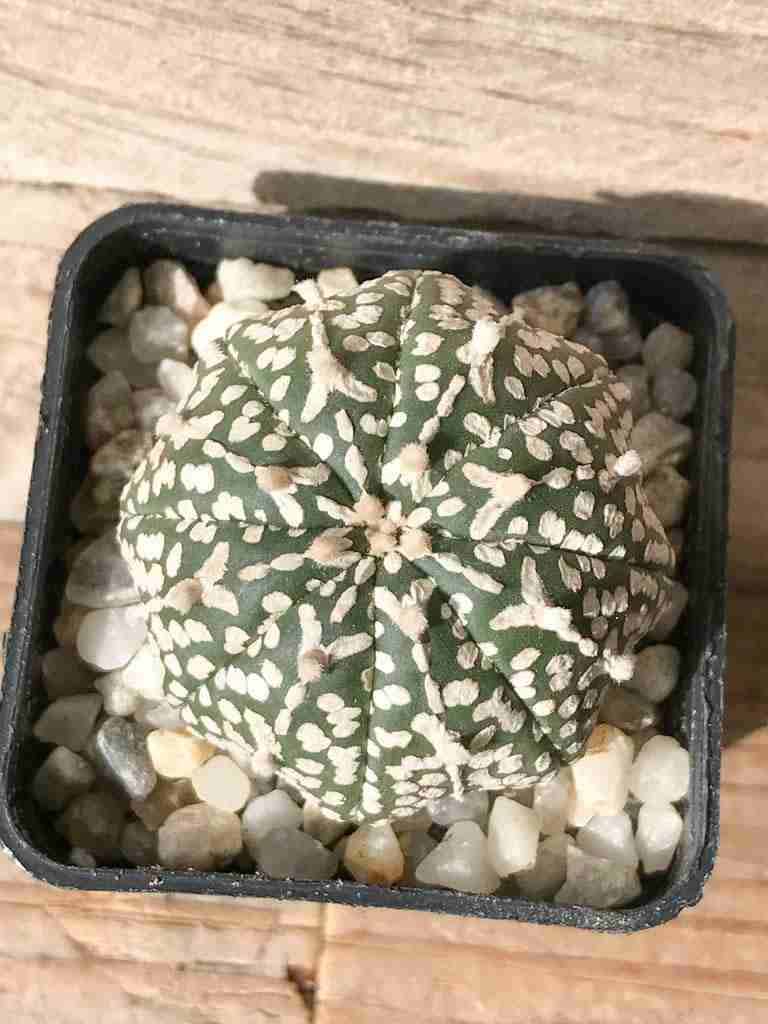
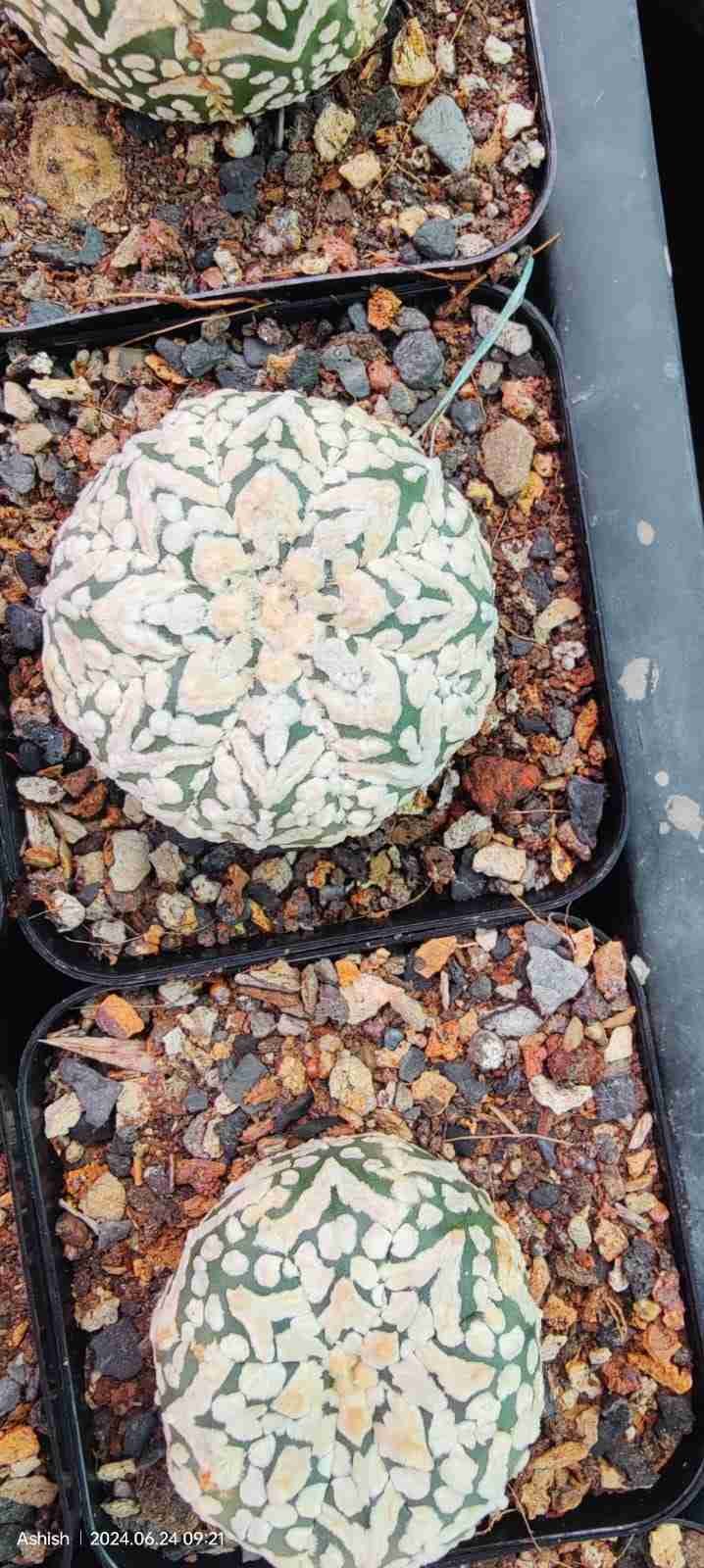
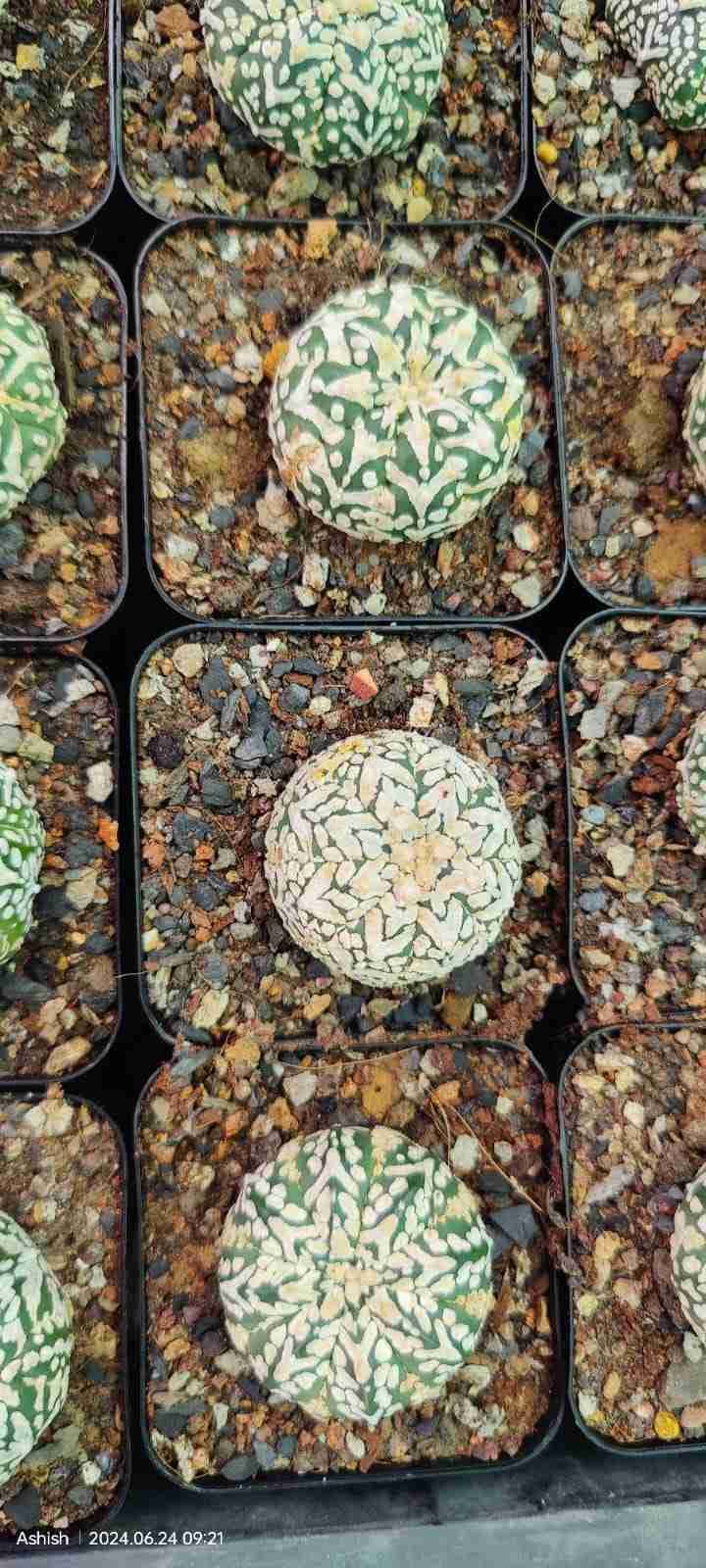
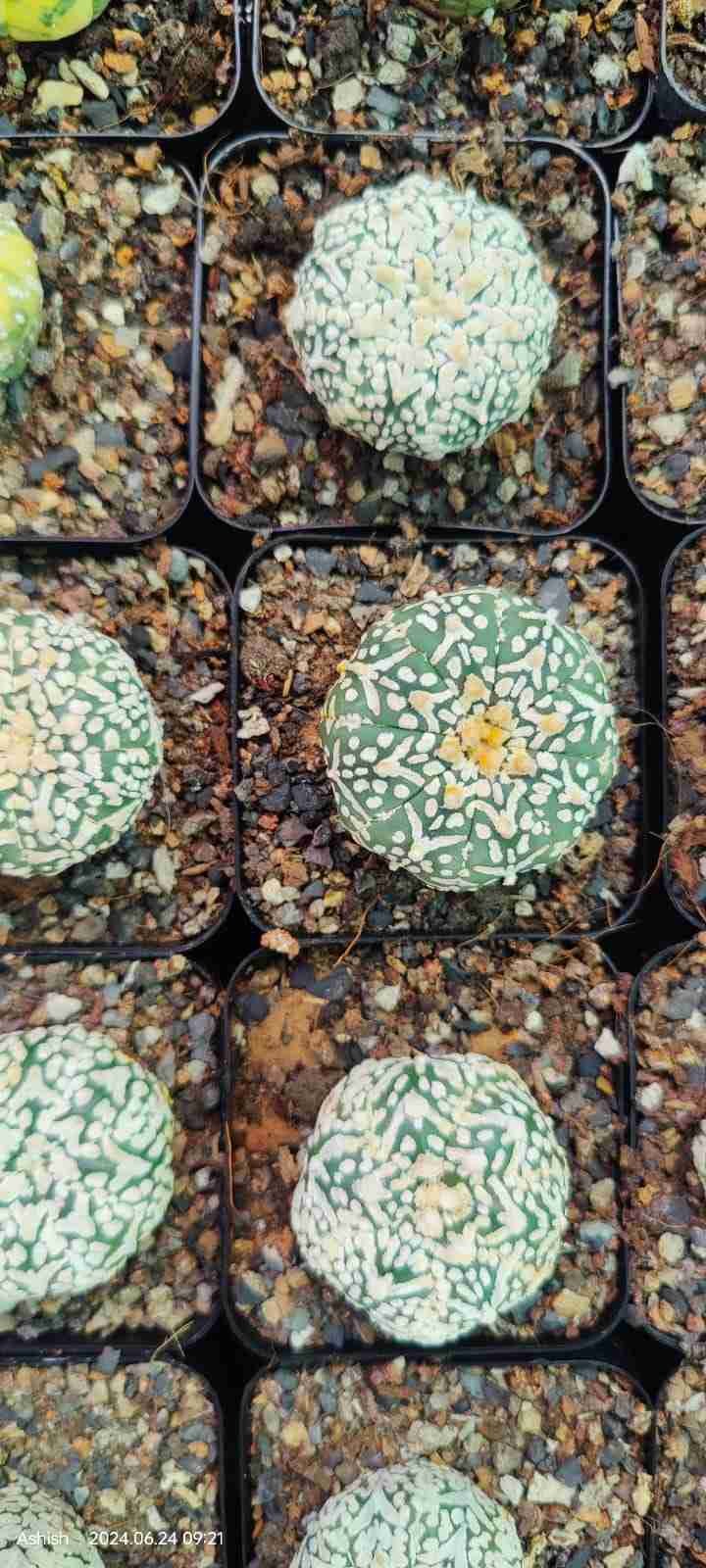
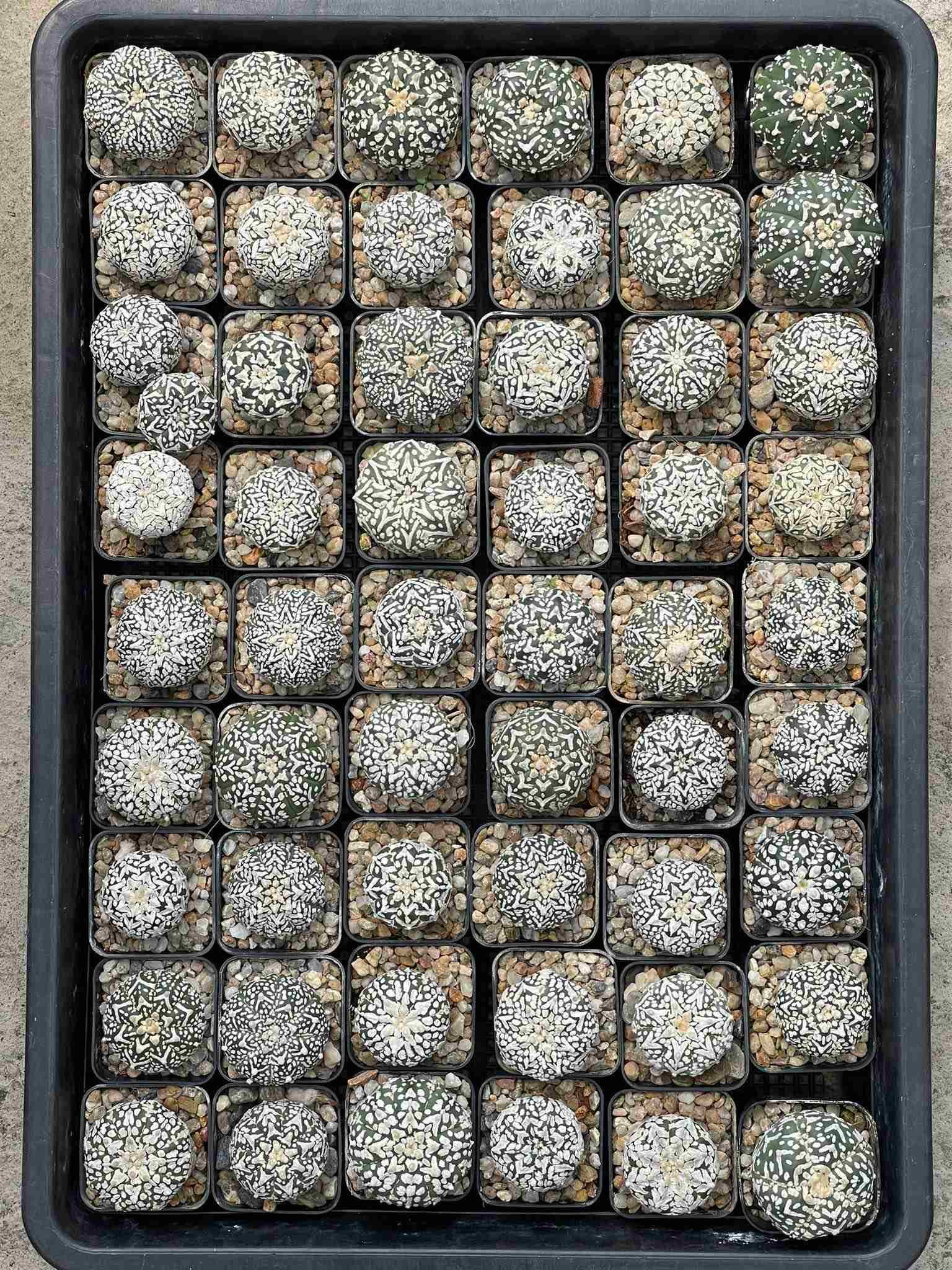
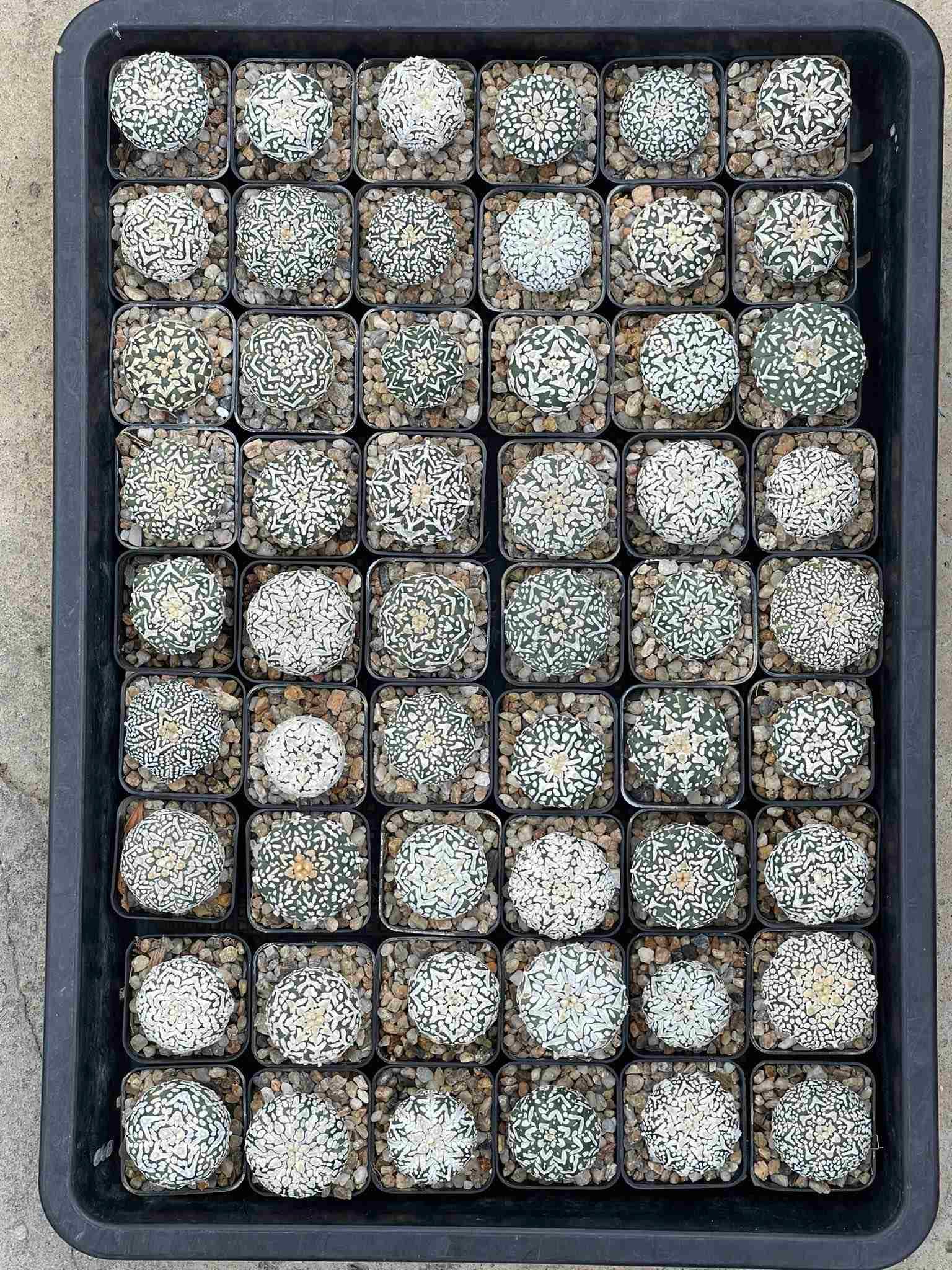
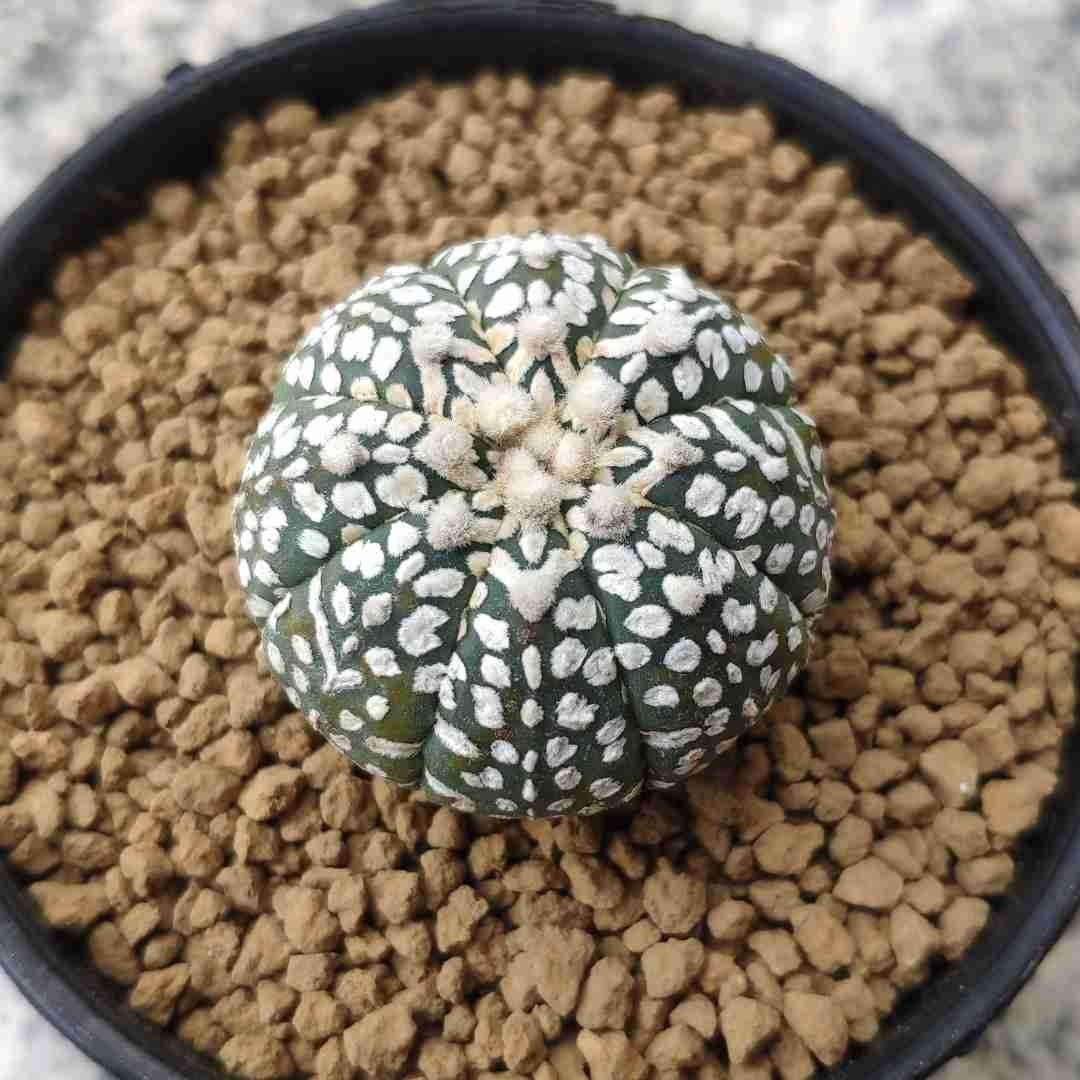
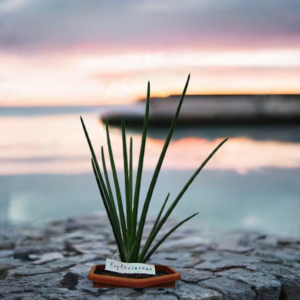
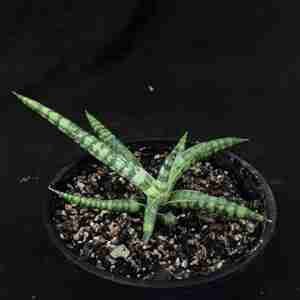
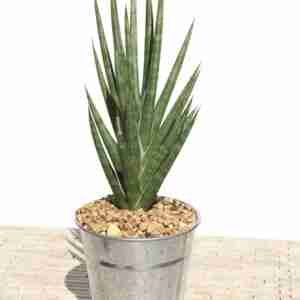
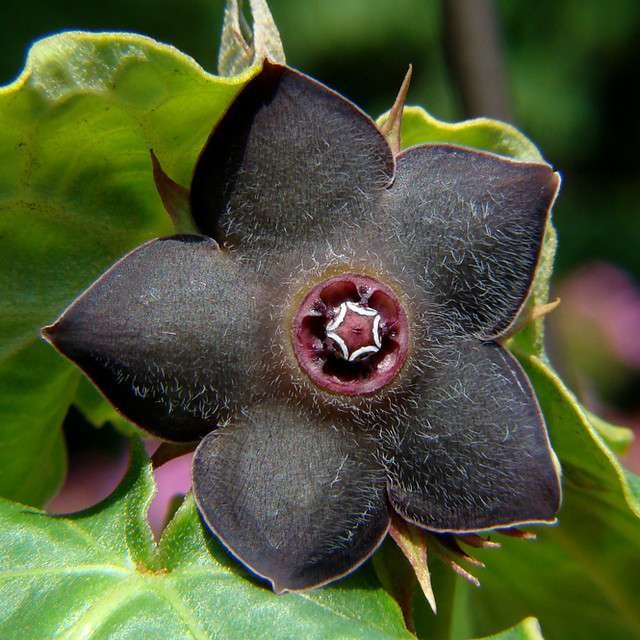
Pritam –
Very clear V pattern visible on the plant.